NOAA's NDBC Replaces Weather Buoy with Saildrone USV
NOAA's National Data Buoy Center (NDBC) and Saildrone are partnering to replace a moored buoy in a national marine sanctuary with a Saildrone uncrewed surface vehicle (USV) in order to continue critical weather observations and explore more sustainable marine observation methods.
Station 46012, a moored buoy located in Monterey Bay National Marine Sanctuary 24 nautical miles southwest from San Francisco, has been replaced with a 23-foot Saildrone Explorer-class SD 1073. Deployed in August, the USV has been on station delivering data since September 1 and is expected to remain on station through June 2024. This collaboration was the result of NOAA's Uncrewed Systems Operations Center allocating $7.5 million for nine selected projects in uncrewed marine system public-private partnerships in fiscal year 2023.
"This exciting partnership with Saildrone ensures NOAA's ability to maintain observations in areas that are critical for weather and marine forecasts. NDBC has operated a moored weather buoy 24 nautical miles southwest of San Francisco since 1980 and NWS forecasters and the public have come to depend on these reliable observations. Through this partnership, we can now maintain these observations while mitigating the deployment of mooring and anchor material in our important national marine sanctuaries," said Dr. William Burnett, NDBC Director.
Observations at this station inform weather warnings and contribute to maintaining maritime safety in marine transportation, making it an important location for data collection. With its location in a marine sanctuary though, NDBC was seeking alternatives to lessen the environmental impact to the ocean floor with its mooring and anchors. The Saildrone Explorer will be able to stay within 10 nautical miles of the former buoy site, without a mooring. Additionally, Saildrone will deliver a similar set of meteorological and oceanographic data as the buoy did, including: wind speed and direction, air temperature, relative humidity, barometric pressure, sea surface temperature, significant wave height, and wave period. This data will be public and be processed through NDBC's typical quality control procedures.
"NDBC performs an important role in the monitoring and prediction of global weather patterns, and we are proud to be a part of their network, collecting vital weather data without impacting the marine ecosystem and zero operational carbon footprint," said Cristina Castillo, Saildrone senior program manager for ocean data missions.
Data from SD 1073 can be viewed on the NDBC website as Station 1801589.
This is the second time Saildrone has replaced buoys during critical outages. In 2022, two Saildrone Explorers were deployed to the Gulf of Mexico to provide data near two buoys experiencing outages.

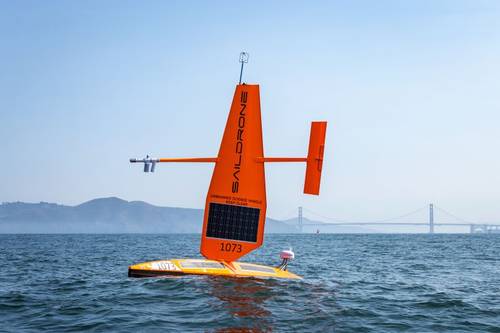
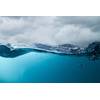

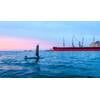

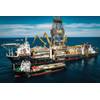
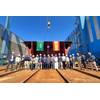






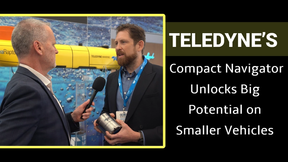

 February 2025
February 2025



